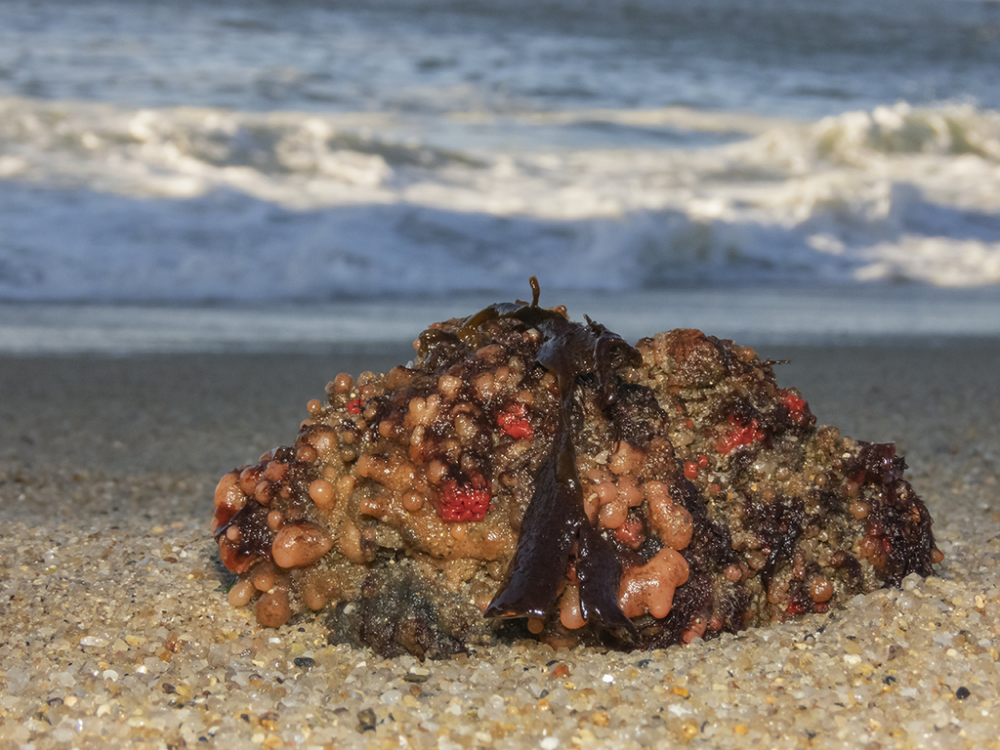Along the coasts of Chile and Peru you may find a “living rock” that looks like it bleeds. Known to science as Pyura chilensis, it’s a filter feeder related to sea squirts, but you might not know that for looking at it.
At a push you might say it looked like a sea urchin, but to most, they look like a bunch of organs stuck inside a rock. And what do humans do when we discover something in the ocean that looks like offal in a stone? We eat it, of course.
Living rocks
The bulk of piure, as these animals are also known, is the edible red part that’s tucked away among the dark exoskeletal structure, which is the bit that looks like rock. This is the tunicin “tunic” that characterizes the subphylum, Tunicata, and it’s a hardy home that can contain thousands of individuals, all living within the same rock. With no brain or sensory organs, they make for low-maintenance neighbors, hanging out in the intertidal zones off Chile and Peru where they are a popular dish.
Vanadium blood
People often say these living rocks look like they’re bleeding due to the redness of their soft tissues, but in truth, piures’ blood is even weirder than that. Rather than being red, their blood is clear and packed with an element called vanadium, which is a silvery-white metal. According to the Center For Biological Diversity, they can contain 10 million times the concentration of vanadium compared to the seawater around them.
Living rock is about right.
Nobody really knows quite how and why they’re accumulating so much vanadium, which is toxic in fairly small quantities to most other animals. It’s also unclear if it could have significant health impacts for someone ingesting piure regularly, but given the element boasts some fascinating chemistry and has potential as a storage medium for future energy, P. chilensis among other ascidians is a species of interest to chemists.
Go f**k yourself? Gladly.
P. chilensis is also notable for its sex life. Born male, they become hermaphroditic at “puberty” giving them all the equipment they need to breed with other members of their species. However, if in a bind and alone, they can actually reproduce all on their own through self-fertilization.
While cross fertilization is still more frequent, research found that self-fertilized offspring appeared to be just as successful as those with two parents (at least, in the early stages on their development). As such, the researchers concluded that while most piure will opt for cross-fertilization, when possible “selfing is an advantageous alternative when sources of allosperm are scarce.”
So why not give yourself a round of applause, Pyura chilensis? You’ve already taken it this far.
Source Link: Meet Pyura Chilensis, The “Living Rock” With Vanadium Blood
